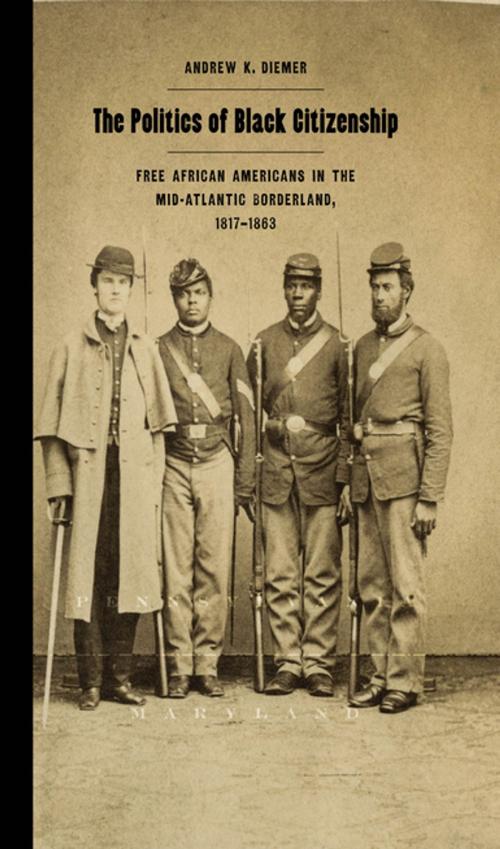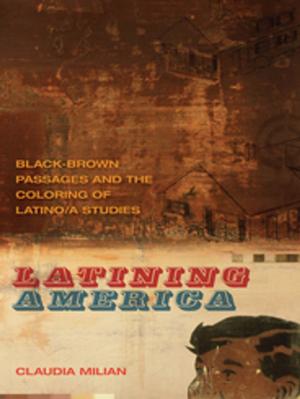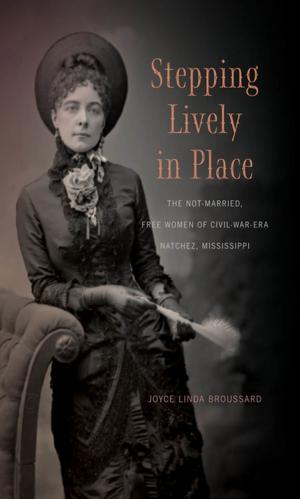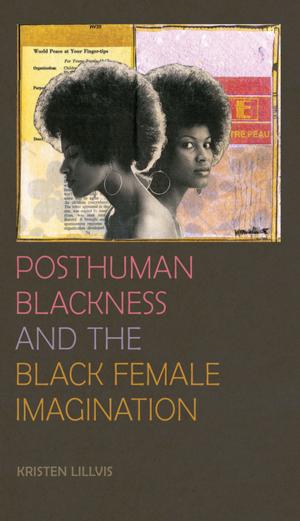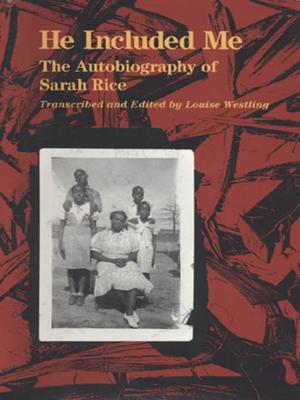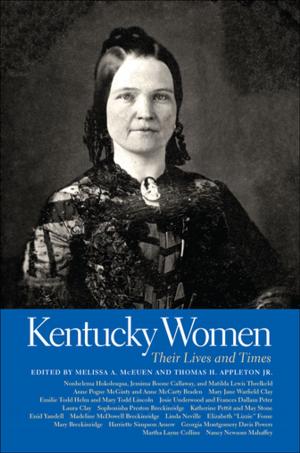The Politics of Black Citizenship
Free African Americans in the Mid-Atlantic Borderland, 1817–1863
Nonfiction, Social & Cultural Studies, Social Science, Cultural Studies, African-American Studies, History, Americas, United States, 19th Century| Author: | Patrick Rael, Manisha Sinha, Andrew K. Diemer, Richard Newman | ISBN: | 9780820349367 |
| Publisher: | University of Georgia Press | Publication: | July 15, 2016 |
| Imprint: | University of Georgia Press | Language: | English |
| Author: | Patrick Rael, Manisha Sinha, Andrew K. Diemer, Richard Newman |
| ISBN: | 9780820349367 |
| Publisher: | University of Georgia Press |
| Publication: | July 15, 2016 |
| Imprint: | University of Georgia Press |
| Language: | English |
Considering Baltimore and Philadelphia as part of a larger, Mid-Atlantic borderland, The Politics of Black Citizenship shows that the antebellum effort to secure the rights of American citizenship was central to black politics—it was an effort that sought to exploit the ambiguities of citizenship and negotiate the complex national, state, and local politics in which that concept was determined.
In the early nineteenth century, Baltimore and Philadelphia contained the largest two free black populations in the country, separated by a mere hundred miles. The counties that lie between them also contained large and vibrant freeblack populations in this period. In 1780, Pennsylvania had begun the process of outlawing slavery, while Maryland would cling desperately to the institution until the Civil War, and so these were also cities separated by the legal boundary between freedom and slavery. Despite the fact that slavery thrived in parts of the state of Maryland, in Baltimore the free black population outnumbered the enslaved so that on the eve of the Civil War there were ten times as many free blacks in the city of Baltimore as there were slaves.
In this book Andrew Diemer examines the diverse tactics that free blacks employed in defense of their liberties—including violence and the building of autonomous black institutions—as well as African Americans' familiarity with the public policy and political struggles that helped shape those freedoms in the first place.
Considering Baltimore and Philadelphia as part of a larger, Mid-Atlantic borderland, The Politics of Black Citizenship shows that the antebellum effort to secure the rights of American citizenship was central to black politics—it was an effort that sought to exploit the ambiguities of citizenship and negotiate the complex national, state, and local politics in which that concept was determined.
In the early nineteenth century, Baltimore and Philadelphia contained the largest two free black populations in the country, separated by a mere hundred miles. The counties that lie between them also contained large and vibrant freeblack populations in this period. In 1780, Pennsylvania had begun the process of outlawing slavery, while Maryland would cling desperately to the institution until the Civil War, and so these were also cities separated by the legal boundary between freedom and slavery. Despite the fact that slavery thrived in parts of the state of Maryland, in Baltimore the free black population outnumbered the enslaved so that on the eve of the Civil War there were ten times as many free blacks in the city of Baltimore as there were slaves.
In this book Andrew Diemer examines the diverse tactics that free blacks employed in defense of their liberties—including violence and the building of autonomous black institutions—as well as African Americans' familiarity with the public policy and political struggles that helped shape those freedoms in the first place.
